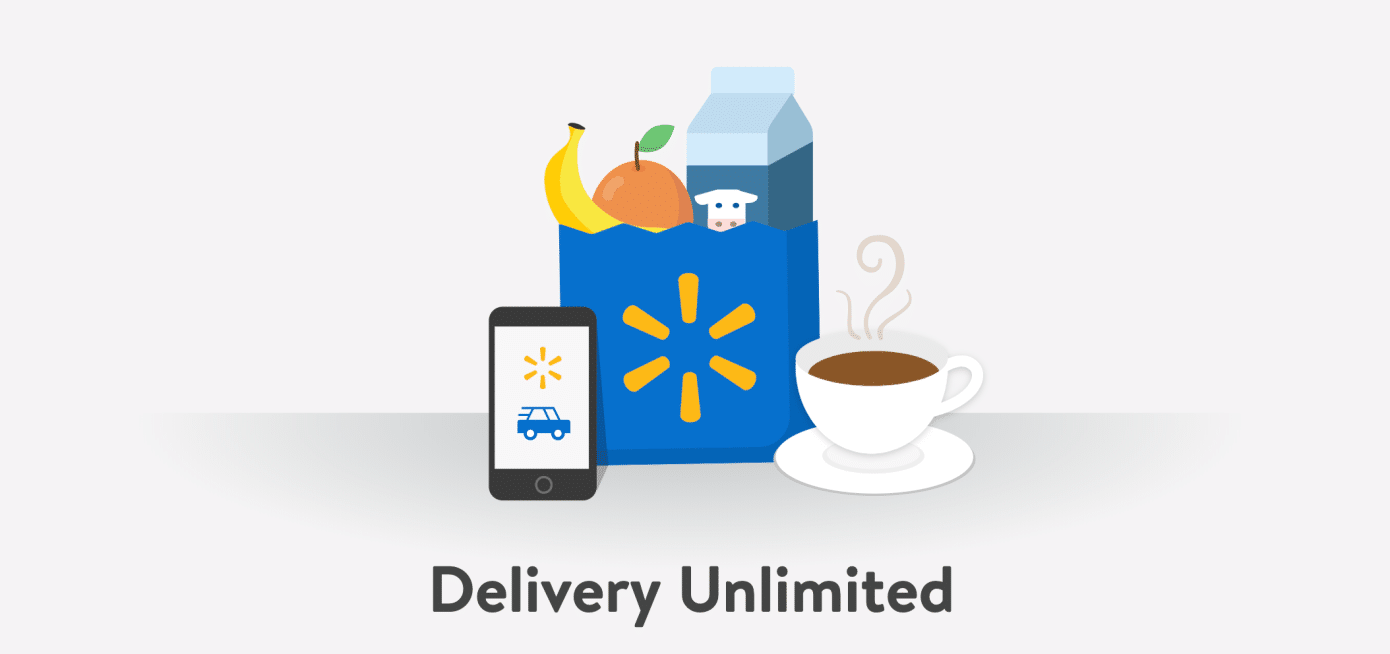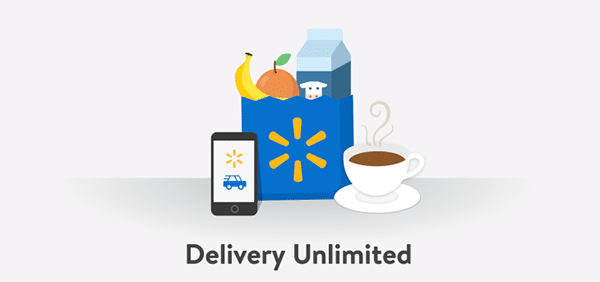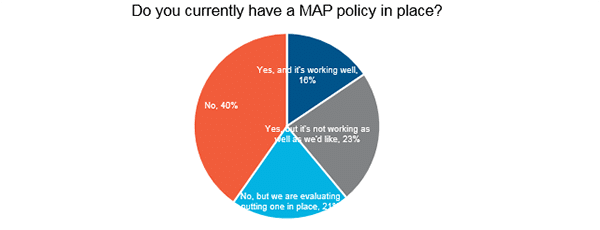
Advertising Teams, Delivery, MAP Policies
By Cleveland AdmineCommerce Team Benchmark Suggests More Manufacturers Working with External Partners to Execute Amazon Advertising
Advertising is increasingly getting delegated to external partners according to our benchmark results this year. Only 34% of survey respondents reported managing Amazon advertising in-house (vs. 45% a year ago), while 55% are using external resources such as full service Amazon rep services, Amazon agencies, and broader digital marketing agencies. 6% are using a hybrid approach with internal and external resources. 60% of those who do manage this function internally house Amazon Advertising under the eCommerce team.

Online Grocery Delivery Options Continue to Expand
Several eTailers announced plans to expand grocery delivery offerings this week. Amazon discussed plans to expand Ultrafast Fresh to Las Vegas, following a successful initial trial in Philadelphia, Kroger began trialing a 30-minute delivery service called Kroger Rush in the Cincinnati area, and Walmart unveiled a new subscription service called Delivery Unlimited for $98/year. Our consumer research has consistently indicated consumers prefer grocery delivery to in-store pickup, all else equal, and these new delivery options represent various retailers efforts to capture this demand.

MAP Policies
Manufacturers continue to battle price erosion online driven by retailers like Amazon, Walmart and Home Depot price matching each other plus the rapid growth of marketplaces where anyone can sell anything, if left unchecked. In addition to channel strategies like limiting distribution and controlling who can sell your product via authorized selling policies, many manufacturers consider implementing a MAP policy in order to limit the potential for price degradation. More often than not though, manufacturers are unwilling to enforce the MAP policy, and thus, it can be an ineffective approach. In polling results from our recent LiveCast, only 39% of manufacturers have a MAP policy in place. For those that do, 40% indicate it is working well while 60% indicate it has not been as effective as they’d prefer.
